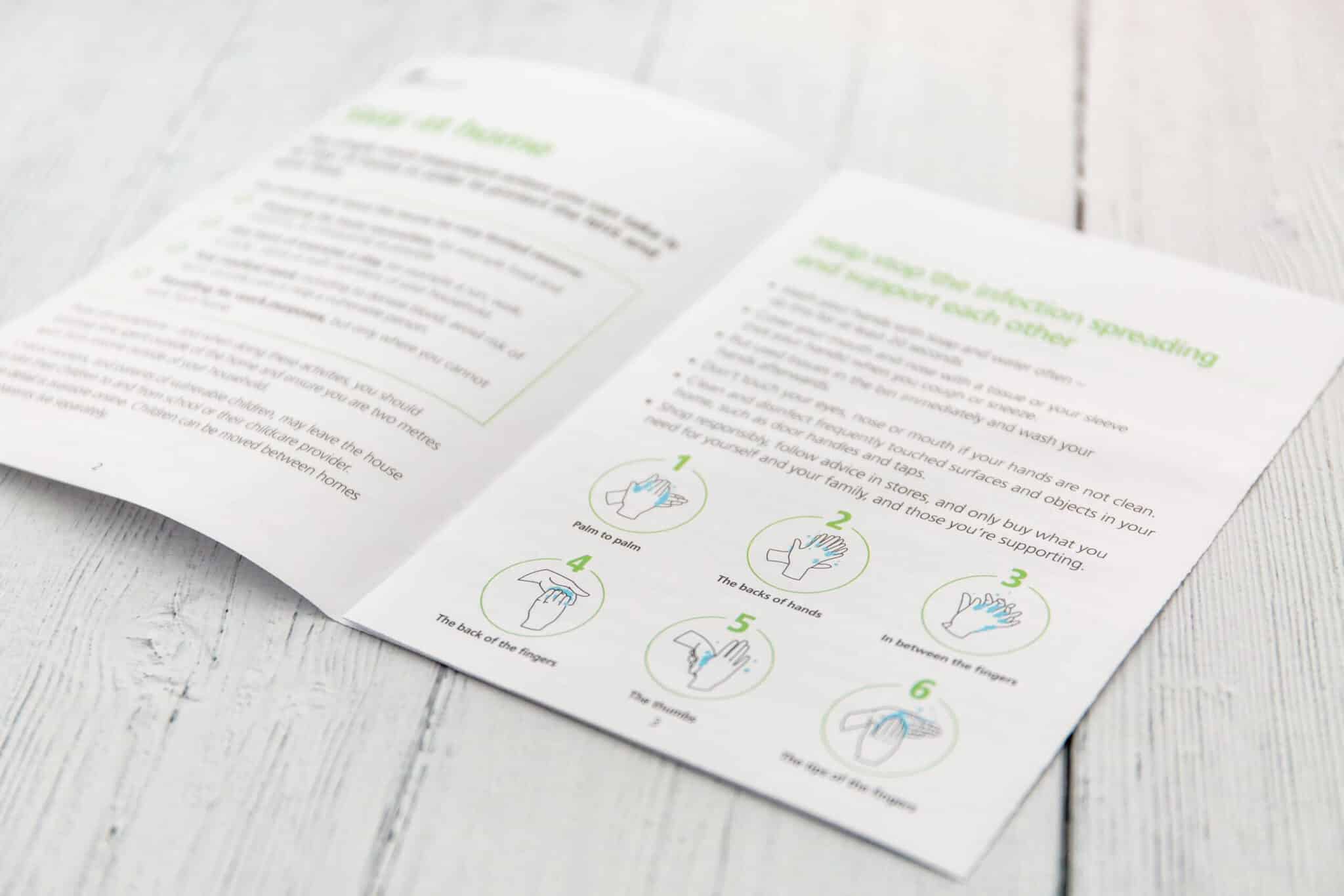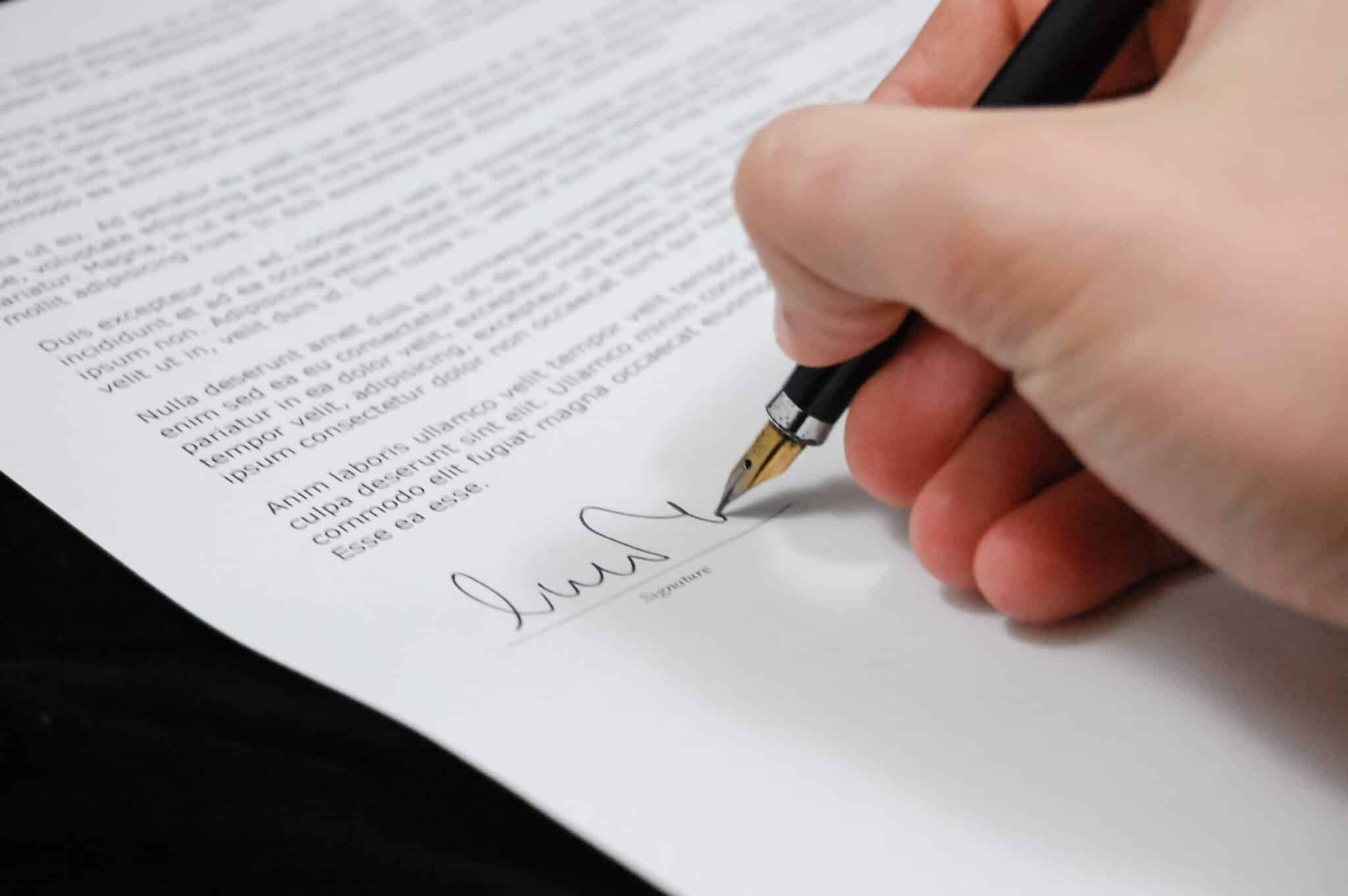COVID-19: The importance of a legal compliance strategy during a pandemic

Is your company prepared to handle any legal repercussions as a result of COVID-19? As a facility manager, you understand the importance of keeping employees safe and healthy as they return to the physical office. Do you have a legal compliance strategy in place?
In this article, we’re explaining why it’s essential to have a risk management strategy in place and what you should consider when building this plan.
Why is it essential to have a COVID-19 risk management plan?
Workplace liabilities are at every turn, given the nature of the virus, so it’s all the more important to be prepared for everything. Having a legal compliance strategy can protect both your company and employees from legal hot water due to complications surrounding COVID-19.
What happens if an employee or client claims to have contracted the virus while at your office and decides to sue you? Or if an employee sees another employee blatantly disregarding workplace health protocol and wants to report them but is afraid to speak up?
There are countless scenarios like this to be aware of, so it’s critical to be prepared for everything. As much as we try to plan for certain risks, the reality is that this isn’t a black and white situation.
According to corporate attorney Eric Swan in an interview for Small Business Trends, the most prevalent claims companies can expect to encounter include:
- Failure to provide adequate equipment, like personal protective equipment (PPE) or training to employees on how to keep themselves safe
- Failure to provide consumers with proper safety conditions
Companies need to be adamant about providing the proper protective equipment and enforcing health standards to both employees and clients or customers.
Now, let’s discuss a few things to consider when forming your COVID-19 legal compliance strategy.

Follow any legal and official guidelines from credible sources
Consulting resources like the Centers for Disease Control and Prevention (CDC), the World Health Organization (WHO), and other credible organizations are great places to start when forming your legal compliance strategy. Understanding how the virus spreads, what companies can do to prevent it from spreading, and what the latest research is regarding the virus is critical to creating an effective strategy.
Companies can use the information found on these sites as a foundation for your risk management strategy, but it can help you understand what liabilities your company could face.
For example, if after reading these guidelines, you realize that you need to upgrade the HVAC system, you can work that into your plan and take steps to reduce that liability factor.
Document your liability prevention protocol
In the case of legal compliance, documentation is everything. If you face a legal issue, you have your strategy in writing to back up the precautions your company has taken.
Be sure to document your risk management plan and other relevant information meticulously and make sure it’s always up to date. The last thing your company would want is to have an outdated and potentially harmful policy available to employees.
If your company has a wiki or a file drive that all employees have access to, it’s smart to include this document in that shared access file. That way, employees can reference it when they need it, and you know everyone has access to the protocol. Plus, this can be a great way to keep employees updated without bombarding them with too much information.

Improve your company-wide communications
Does your company struggle with internal communication? This could be an issue when it comes to explaining your company’s COVID-19 safety protocol and how employees handle or report problems.
In fact, a study from Interact found that 69% of managers are uncomfortable communicating in general with employees. That could cause quite a challenge when dealing with something as sensitive as a health crisis.
Therefore, companies must make expectations clear to all employees in terms of COVID-19 precautions like face masks, PPE, physical distancing, and more. How you choose to communicate this information will depend on your organization, but it’s a critical part of limiting your organization’s liabilities.
In addition to streamlining your company-wide communication, make it easy for employees to ask questions, and express concerns. Everyone, from leadership to entry-level employees, needs to communicate effectively to create a workplace with excellent communication.
Consider adding a COVID-19 liability waiver to your employee protocol
Another way to reduce the liability risk of COVID-19 is to introduce a liability waiver as part of your risk management process.
Neil Bradley, chief policy officer at the U.S. Chamber of Commerce, recently said in an article for Marketplace.org, “Businesses are routinely telling us that they’re really concerned about the threat of being sued. Particularly if they’re doing everything they can think to do right to protect their employees and their customers.”
Due to the continually changing guidelines of COVID-19 precautions, a liability waiver could be a great way for a business to protect itself against legal action.
Luke Ritchie, an attorney with Moye White in Denver, Colorado, also told Marketplace.org, “It’s not easy for a business to make sure that they’re following best practices. And so a COVID-19 release or waiver is going to be an additional tool that will help protect you, and it’ll help protect the company.”
However, laws regarding waivers vary from state to state. Be sure to meet with your company counsel to determine if a liability waiver is a good option.

Stay updated on local, state, and federal guidelines
As we mentioned above, the health and safety guidelines for COVID-19 are continually changing. Therefore, it’s crucial to stay on top of the most recent guidelines at the local, state, and federal levels and adjust your protocol accordingly.
To make it a bit easier to stay on top of newly released information and how it may impact your business’s risk management strategy, routinely check websites like the CDC, WHO, and your state or providence’s official website. Be sure to update your risk management strategy and COVID-19 employee health protocol to reflect any changes.
Err on the side of caution with your prevention guidelines
When setting your prevention guidelines, it’s best to take extra precautions. Take an existing health standard or guideline and add a buffer where it makes sense for your company.
For example, the general physical distancing minimum has typically been six feet. But if your company can afford to enforce a minimum of eight feet, that could be another way to reduce liability.
You could also implement shift work even if your office space has more than enough room to accommodate all employees while maintaining proper guidelines safely.
But figuring out how to configure your office to meet those preventative guidelines can be challenging. Tools like a distancing planner ensure you’re setting the proper boundaries between desks and shared spaces. A distancing planner can also help FMs manage shift work and make sure the right number of employees are in the office at a time.
A buffer for existing guidelines can further reduce COVID-19 liability within the workplace and reduce your company’s risk of liability.

Work with your executive team on creating a risk management plan
Getting sign-off from your leadership or executive team is a significant step in ensuring a risk management plan is implemented.
As an FM, you have in-depth knowledge of your building’s potential liabilities — information that the leadership team may not know or understand right off the bat. Because of the nature of the virus, FMs must be involved in the risk management and liability reducing process.
With the leadership team’s input, you can create a risk management plan that keeps both the company and your employees safe. Without the green light from your company’s leadership team, it will be difficult to enforce any strategy and protect employees.
Mitigate your company’s COVID-19 liability with a legal compliance strategy
Health and safety measures are just one major component of creating a safe workplace in a COVID-19 world. It’s also critical to protect your company in the event of any legal action.
What happens if an employee gets sick and claims your company was negligent of health concerns? Or if an employee refuses to adhere to company COVID-19 protocol? A legal compliance plan keeps companies accountable to protect employees adequately. It also ensures protection for the company itself from legal activity.
Does your company have a COVID-19 legal compliance strategy? Leave a comment below or send us a tweet.
Photos: Mari Helin, iMattSmart, OSS, Pixabay,



